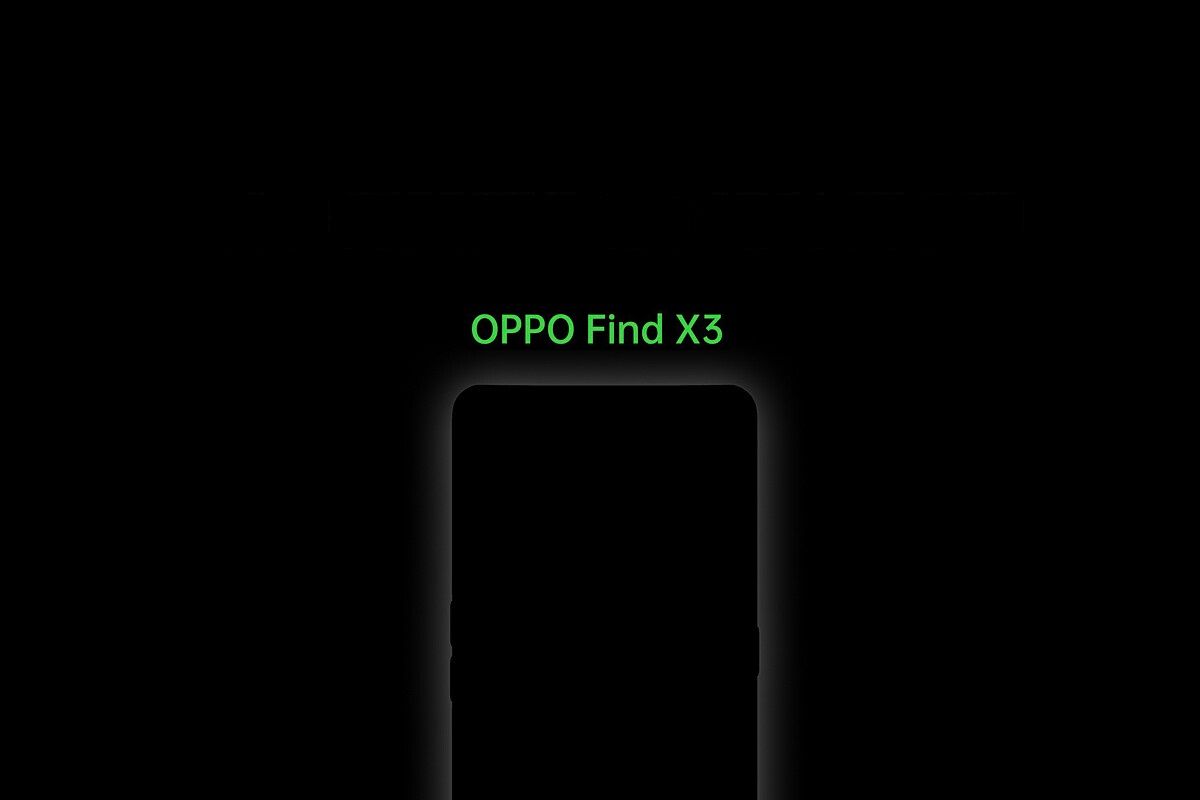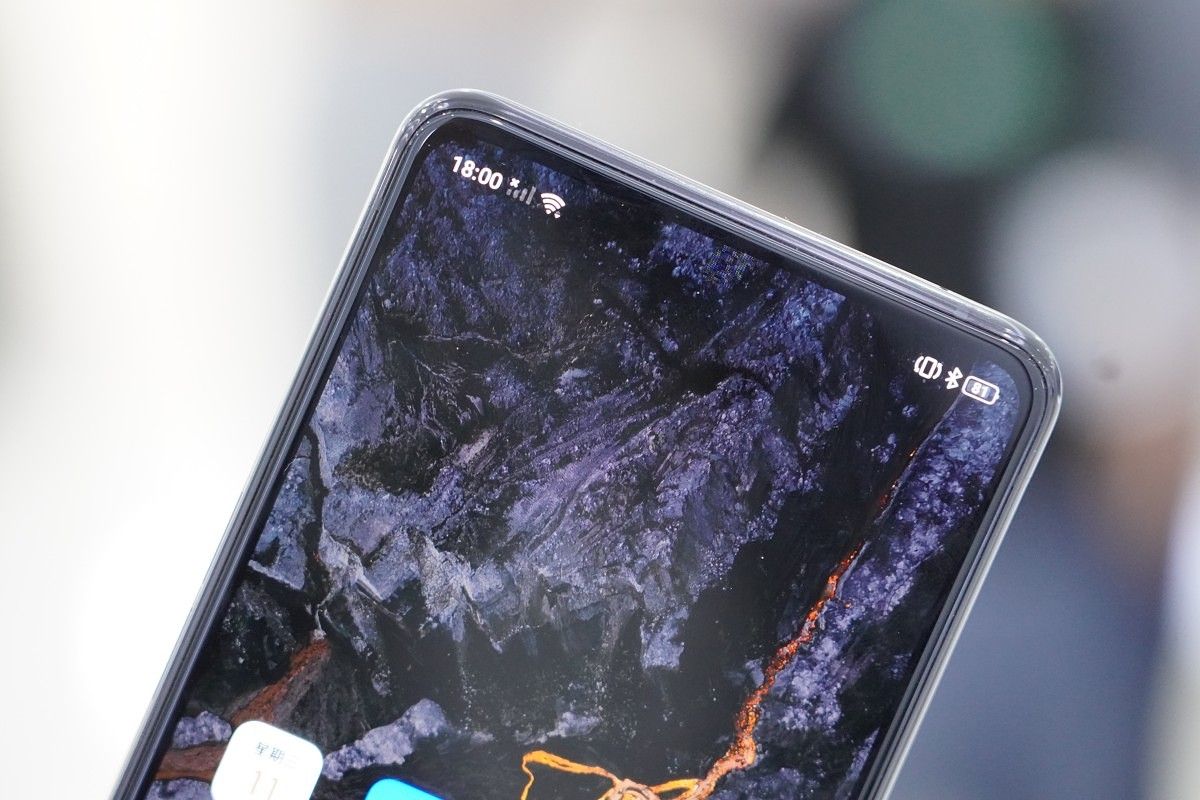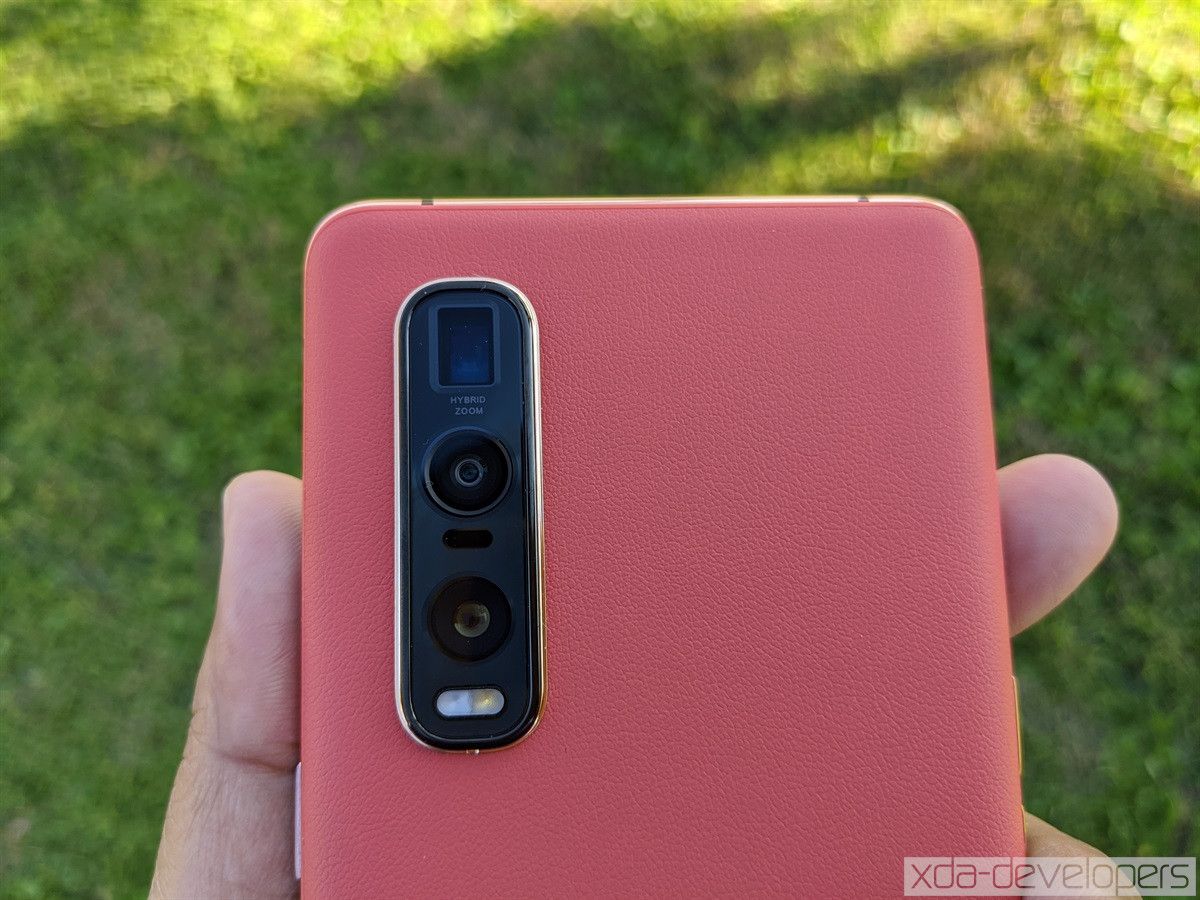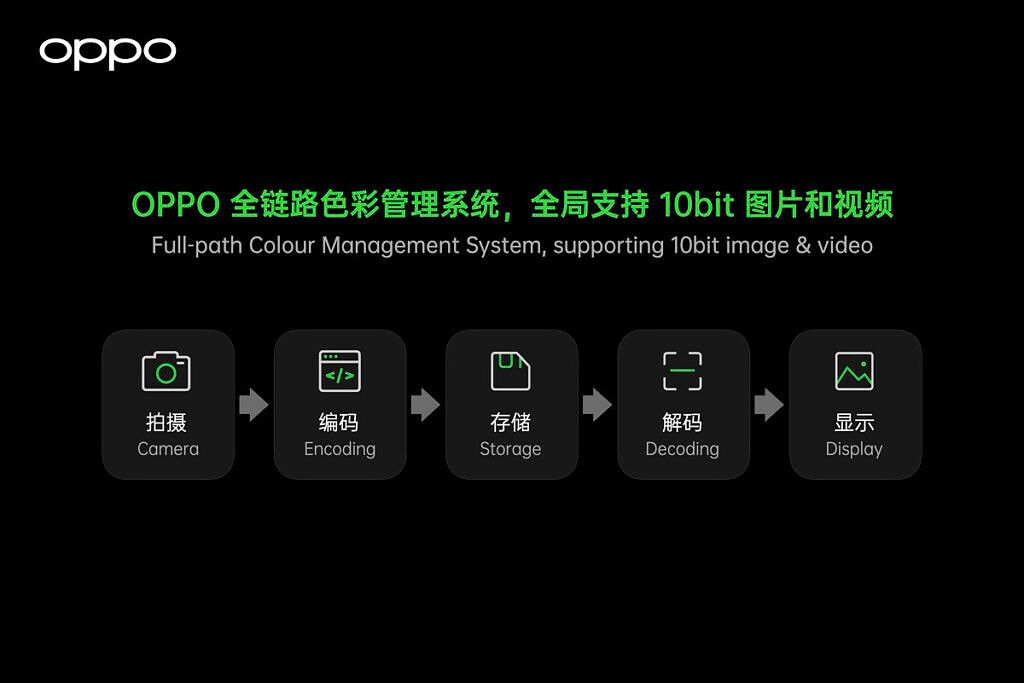Right before COVID-19 basically brought the world to a halt, OPPO released its flagship Find X2 series. OPPO’s flagship Find X2 Pro packed very impressive hardware and a premium price, and its successor, the OPPO Find X3 Pro, will likewise continue that trend.
Thanks to famed leaker Evan Blass on his Voice page, we now have a basic idea about what to expect for OPPO’s upcoming Find X3 Pro. OPPO is expected to make significant enhancements to the display and camera on top of expected advancements in design, performance, battery, charging, and other aspects. With nearly 3 months to go until the phone launches, here’s what we know already about OPPO’s Find X3 Pro.
Design
Although Blass did not share any images of the device, he did reveal some details that give us an idea of what the Find X3 Pro will look like. According to him, the Find X3 Pro will have curved surfaces on the front and back, much like the Find X2 series. We don't know if OPPO has dramatically increased the curvature of the device, but apparently, the whole phone weighs about 20g less and is 0.6mm thinner than the previous model.
Crucially, we don't know exactly what the front or the rear of the OPPO Find X3 Pro will look like. We can expect the phone to have a nearly bezel-less curved OLED display, but we don't know if the display has any notches or hole-punch cutouts. We doubt that OPPO has commercialized its under-display camera technology in this device since Blass did not mention it.
OPPO's under-display camera phone prototype. This probably isn't happening...yet.
One interesting tidbit about the camera design is the reference to lighting circling the lens of the macro camera. We'll talk more about the cameras soon, but apparently, OPPO has equipped a circle of lights around the macro camera head ring in order to provide lighting for really close-up objects - kind of like a microscope, actually.
Blass didn’t say if the OPPO Find X3 Pro will be offered in the same vegan leather options that OPPO offered on the Find X2 Pro, but he did say that the Find X3 Pro will have a ceramic glaze-like or matte-frosted glass back.
Cameras
If the information that Blass has leaked is correct (and it usually is), then OPPO is both upgrading and downgrading the cameras in the Find X3 Pro compared to the Find X2 Pro. For starters, the OPPO Find X3 Pro will have a quad camera system comprised of a wide-angle camera, an ultra wide-angle camera, a telephoto camera, and a macro camera.
The OPPO Find X2 Pro’s triple camera setup.
The main camera consists of Sony's unannounced 50MP IMX766 image sensor paired with a wide-angle lens. While Blass hasn’t shared many details on the new IMX766, it probably uses Sony's 2x2 On-Chip Lens Solution which enables All Pixel Omni-directional PDAF for faster and more accurate autofocus in low-lighting conditions, which is a feature that Sony introduced in the IMX689 that debuted on the Find X2 Pro.
Unlike the Find X2 Pro which featured a different image sensor for the wide-angle camera, the OPPO Find X3 Pro will use the same 50MP Sony IMX766 image sensor with the ultra wide-angle lens, according to Evan Blass. This means that photos and videos taken by the wide-angle camera shouldn't look inferior compared to the ones taken by the main camera, which is one of the complaints many had with the previous generation.
As for the tertiary camera, it sounds like it’ll be a downgrade from the periscopic telephoto camera that provided 5X optical zoom on the Find X2 Pro. Instead, the new OPPO Find X3 Pro will have a 13MP telephoto camera for 2X optical zoom much like the regular Find X2.
Rounding out the cameras is the macro camera. This consists of a 3MP image sensor that should hopefully perform much, much better than the terrible 2MP macro cameras seen in countless phones this year. Blass states this macro camera will provide for a remarkable 25X zoom. We have no idea if images at that magnification will actually be usable, but Blass thinks this feature will be a big part of the phone's marketing, so we hope it’s good.
Although Blass did not share any details on the front-facing camera(s), we do know that there will be substantial changes to the camera software. OPPO previously confirmed that the Find X3 series will support end-to-end 10-bit color support from capture, storage, to display. OPPO calls this its Full-path Color Management System, and if you're interested in the nitty-gritty details, I recommend reading Idrees's extensive article on the subject.
Display
This year’s OPPO Find X2 Pro had one of the best smartphone displays on the market, according to XDA’s Dylan Raga, and on paper, the OPPO Find X3 Pro should be even better. The new Find X3 Pro, like the Find X2 Pro, will have a 6.7-inch OLED display with a similarly tall 20.1:9 aspect ratio at 3216x1440 resolution (525ppi).
Like on the Find X2 Pro, the Find X3 Pro’s display can refresh at up to 120Hz even at the native WQHD+ resolution. But unlike last year’s model which only supported two discrete 60/120Hz refresh rate modes, the new Find X3 Pro will support an “adaptive dynamic frame rate” between 10-120Hz, according to the Blass. The OPPO Find X3 Pro will be the second OLED phone in the world with this technology following the Samsung Galaxy Note 20 Ultra. It’s unclear if OPPO’s solution is a true variable refresh rate implementation or normal refresh rate switching, however. Regardless, the implementation of this adaptive dynamic frame rate should help reduce power consumption when the OPPO Find X3 Pro is idling or displaying content that doesn’t require a higher refresh rate mode.
As part of OPPO’s new Full-path Color Management System, the Find X3 Pro has a native 10-bit color depth display. This is important because it means the phone can properly display the 1.07 billion colors contained in an image captured by the phone’s camera. In contrast, many displays on the market that advertise 10-bit compatibility are actually 8-bit + FRC (Frame Rate Control) panels (as is the case on the Find X2 Pro), which may result in noticeable flickering when displaying darker tones. Not everyone perceives colors the same way, though, so OPPO plans to expand upon Android’s built-in color correction accessibility modes with “Color Correction Solution 2.0” to help users with insensitivity to certain colors personalize the display to suit their needs. OPPO already confirmed these details when they unveiled their Full-path Color Management System last month, so if you’re interested in learning more, I recommend reading our previous article on the matter.
Blass didn’t mention the O1 Ultra Vision Engine, OPPO’s umbrella term for all the Find X2’s display-related features, though it’s likely that most of the O1 Ultra Vision Engine features will be returning on the Find X3 Pro. The current set of O1 Ultra Vision Engine features includes SDR-to-HDR video enhancement and Video Motion Enhancement to boost the frame rate of videos to 60 or 120fps using MEMC. Given that OPPO signed a multi-year collaboration agreement with display processing firm Pixelworks to enable these technologies on the Find X2 Pro, it would be strange for these features to be dropped after a single generation. On the Find X2 Pro, OPPO embedded Pixelworks’ Iris 5 display processor, so the company may use the same or newer processor on the Find X3 Pro.
Battery & Charging
According to Blass, the OPPO Find X3 Pro will have a total battery capacity of 4500mAh, split into two cells. The new phone won’t feature OPPO’s experimental 125W wired fast charging, but it will feature the company’s super-fast 65W SuperVOOC 2.0 charging (same as the previous generation). However, this time the phone will support wireless charging at up to 30W with the introduction of the company’s VOOC Air wireless flash charge technology. This is likely similar to the 30W wireless charging technology that OnePlus introduced in the OnePlus 8 Pro given OnePlus and OPPO share the same charging technologies. We wouldn’t be surprised if a future OnePlus flagship (perhaps the OnePlus 9 Pro?) supports both 65W wired and 30W wireless charging.
Performance & Connectivity
OPPO confirmed in a press release earlier this week that its upcoming Find X series flagship will be powered by Qualcomm’s new 5nm Snapdragon 888 chipset. The press release was rather vaguely worded so as to not confirm how many devices in the series there will be (3, according to Blass) while also avoiding saying whether or not all devices in the series will be powered by the new platform. Regardless, we can expect the new Find X3 Pro to feature the Snapdragon 888. We’ve extensively covered the specs and features of the new chipset in previous coverage, so I recommend you refer to this article if you’re interested in learning more.
The Snapdragon 888 features an integrated modem, Qualcomm’s Snapdragon X60, for 5G connectivity. The global version of the OPPO Find X3 Pro will thus support sub-6GHz 5G networks, though it’s unclear if it will also support mmWave 5G since network deployments are sparse in OPPO’s target markets.
One interesting tidbit from today’s leak is related to NFC support on the OPPO Find X3 Pro. Apparently, the Find X3 Pro will have a dual-body NFC antenna design to allow users to make contactless payments without having to directly press a designated area on the back of phone against a reader. This will hopefully mean that you won’t have to fumble around with the phone in your hand to make a payment in Google Pay, which might be a problem for some users as the Find X3 Pro is expected to be very large.
Blass didn’t mention any RAM or storage details, but we can assume there will be ample RAM and storage (likely 12GB of LPDDR5 and at least 256GB of UFS 3.0 to match the previous generation).
Software
Unsurprisingly, Blass says the OPPO Find X3 Pro will run ColorOS 11 based on Android 11 out of the box. Given we’re months away from a potential release, OPPO will likely introduce additional ColorOS 11 features on the Find X3 series, but we don’t expect much to change from what they released back in September.
Conclusion
OPPO already told us to expect the new Find X series in Q1 of 2021, so we’ll have to wait a few months to find out if all these details are true.




